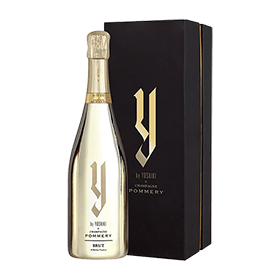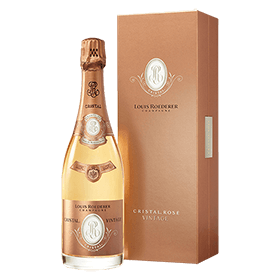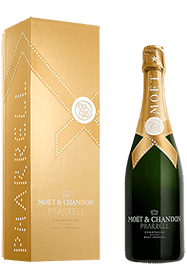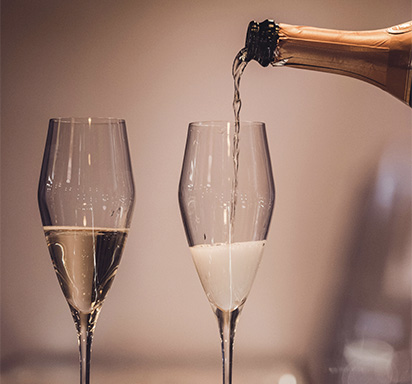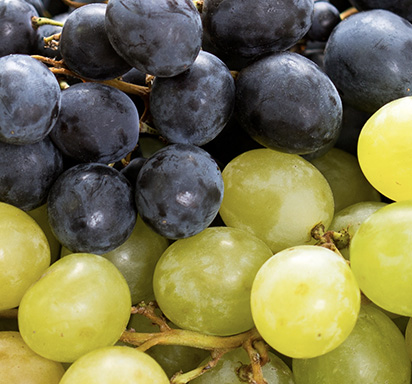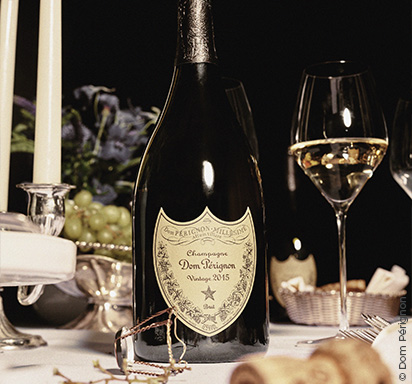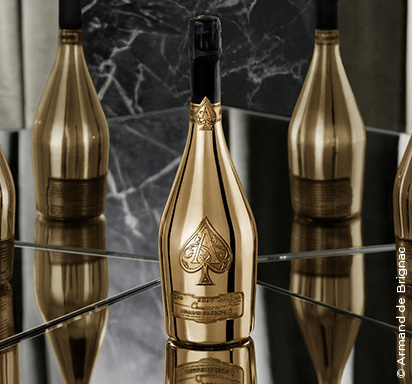Champagne Grape Varieties: the grapes of Champagne

Discover how Chardonnay, Pinot Noir, and Pinot Meunier shape the distinct character of Champagne. Learn about rare grape varieties and explore notable examples from top producers in the world’s most famous sparkling wine region.
Three main grape varieties reign in Champagne: Chardonnay, Pinot Noir, and Pinot Meunier. We will briefly explain how these different grape varieties shape the character of the beaufitul bubbly that we all love, Champagne!
Champagne, an iconic part of France
Champagne is the home of the world’s most famous sparkling wine, Champagne. This sparkling wine is known for its fine nuances and elegant complexity, which result from the art of blending three characteristic grape varieties. We have taken a closer look at the main grape varieties of Champagne and created a brief taste profile for each variety. In total, 7 grape varieties are allowed in Champagne.
Which grape varieties are used to make Champagne?
The three main grape varieties used to produce Champagne are Chardonnay, Pinot Noir, and Pinot Meunier. In addition to this infamous trio, there are four other varieties found in Champagne, albeit very rarely: Arbanne, Petit Meslier, Pinot Gris, and Pinot Blanc.
How the different grape varieties shape the character of Champagne
Each of these grapes brings its own characteristics that shape both the flavor profile of Champagne and the style of the respective house. While some houses, such as Ruinart or Ayala, focus on Chardonnay-based Champagnes, others, like Bollinger, celebrate the power and intensity of Pinot Noir. Pinot Meunier, on the other hand, tends to serve as a complement, rounding out the blends.
Chardonnay: Elegance meets finesse
Originally from Burgundy, the Chardonnay grape occupies about 30% of the Champagne vineyards and thrives on the chalky soils of the Côte des Blancs. Wines made from Chardonnay are distinguished by their bright, golden color with delicate green reflections. This white grape is known for its minerality and wide range of aromas, combining floral notes with delicious aromas of hazelnuts, almonds, brioche, and citrus fruits. Due to its aromatic diversity and balanced structure, Chardonnay pairs excellently with seafood, white meat, or a variety of cheeses.
Blanc de Blancs Champagne
Blanc de Blancs (literally "white from whites") refers to Champagne made exclusively from white grape varieties—most commonly 100% Chardonnay. A Blanc de Blancs Champagne is also known for its great aging potential. In the glass, it appears in a bright color, while on the palate, it offers a juicy, sparkling, and delicate taste experience. A hint of citrus fruit is accompanied by characteristic notes of brioche and yeast. This noble sparkling wine impresses with its lively lightness and fine acidity.
Pinot Noir: Power and intensity
Pinot Noir, also originating from Burgundy, dominates the cool, chalky terroirs of the Montagne de Reims and the Côte des Bar. Accounting for almost 38% of the vineyards in Champagne, it is known for its power and structure. Pinot Noir excites with its vibrant color and fine, complex aromas, combining intense fruit notes with floral scents like violets and roses. Its structured body and multi-layered aromatic play make Pinot Noir the ideal companion for meat dishes or mushroom risottos.
Blanc de Noirs Champagne
Blanc de Noirs Champagne captures the hearts of sparkling wine enthusiasts who have a preference for robust, fruit-driven Champagnes. These white-pressed wines made from red grapes are characterized by a moderate acidity and are the ideal sparkling partners for spicy and hearty dishes. Champagnes made from 100% Pinot Noir are fuller and more vinous than their Chardonnay counterparts.
Pinot Meunier: A round, velvety flavor profile
Although Pinot Meunier is less well-known than Pinot Noir and Chardonnay, it is an indispensable component in most Champagne blends. Before World War II, this grape dominated nearly 60% of the vineyards, but its cultivation area was reduced after a comprehensive restructuring in 1948. Today, Pinot Meunier accounts for 31% of the vineyard area in Champagne. This late-ripening and frost-resistant grape is characterized by its strong character and imparts smoothness, roundness, and a sweet fruit note to the blends grown on the fertile, clayey soils of the Marne Valley.
Rare grapes: A variety of expressions
In addition to the three main grape varieties, which make up 99% of the appellation’s vineyard area, four other varieties are permitted: Arbanne, Pinot Gris, Petit Meslier, and Pinot Blanc (also known as Blanc Vrai). Some houses, like Drappier, are known for using the aromatic nuances of these rare varieties in special blends. For example, the Cuvée Quattuor is a Blanc de Blancs made from a blend of four white grape varieties (Arbane, Petit Meslier, Blanc Vrai, and Chardonnay), revealing a fine, complex nose and a precise, lingering taste with beautiful minerality.
Which grape varieties are used for Rose Champagne?
Rose Champagne is created using two methods: blending white and red base wines (Rose d'Assemblage) or macerating red grapes (Rose de Saignée). In the first method, dry still wines from Pinot Noir and Pinot Meunier are mixed with white wines before the second fermentation in the bottle. The second method is more demanding and involves gently pressing and macerating the red grapes, allowing the must to gain color and tannins. The color and tannins obtained through maceration result in a more intense and complex grape must. This type of Rose Champagne is a particularly complex style of rosé production, yielding very high-quality wines.
You may like
Brut and Extra Dry Champagne differ in sweetness, with Brut being drier and Extra Dry slightly sweeter. Learn their flavor profiles, food pairings, and which one suits your preference for celebrations and special occasions.
3/17/2025Prosecco and Crémant are both sparkling wines, but their differences lie in production methods, flavor, and origin. Learn about the Charmat and traditional methods, the taste profiles, and the best food pairings for each wine.
1/31/2025Uncover the allure of Ruinart Blanc de Blancs, crafted exclusively from Chardonnay. From sustainable vineyards to its refined flavor and iconic design, learn why this Champagne is a symbol of elegance and excellence.
1/16/2025Unveil the unique characteristics of Champagne Blanc de Blancs and Blanc de Noirs. Learn how these two styles differ in flavor, grape varieties, and food pairings to elevate your Champagne experience.
12/19/2024Discover how to select the ideal Dom Perignon Champagne for any occasion. From top vintages like 2008 and Rosé to expert tips on serving and pairing, this guide helps you impress your guests with luxury champagne.
11/12/2024Armand de Brignac, the "Ace of Spades," blends centuries-old winemaking by the Cattier family with Jay-Z's flair. Known for its luxurious taste and iconic hand-finished bottles, it offers five prestigious cuvées.
10/8/2024




